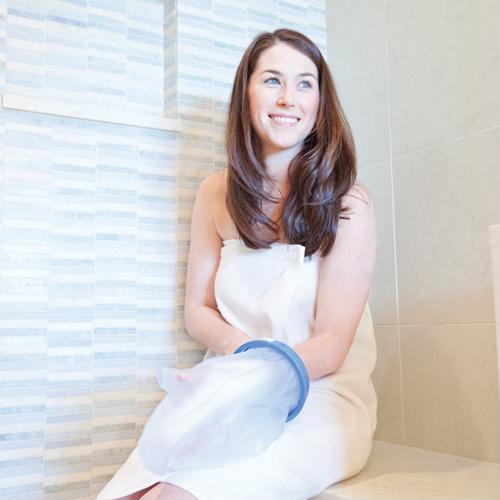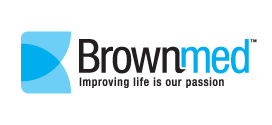
Letting your bone heal involves taking care of the cast.
Bones break. Despite helmets, seat belts, calcium supplements and every other measure we take to protect our bodies, bones remain fragile and accidents happen. According to the Cleveland Clinic, millions of breaks occur every year in the U.S.
For most Americans, these injuries are only a temporary problem. When a bone breaks, the body – and medical professionals – jump into action to help repair the damage to ensure that normal function is restored.
How do broken bones heal?
Bones are made primarily of the protein collagen. Though hard and able to withstand a great deal of pressure, even strong bones can break under certain conditions. These injuries are typically diagnosed by an X-ray or other form of bone scan.
There are two primary types of breaks: simple and compound. Simple fractures are breaks that stay within the skin, while compound fractures penetrate the skin, exposing bone and tissue. Depending on the severity of the break, it may require a simple cast for immobilization, or a more severe intervention, such as screws that hold the bone in place while it heals.
According to the Arizona State University School of Life Sciences, the body begins the healing process by forming blood clots around the break. Cells known as phagocytes clean the wound and kill any germs, and chondroblast cells form a soft callus around the fracture. New bone then begins to form.
Most broken bones take anywhere from several weeks to several months to fully heal, according to the American Academy of Orthopaedic Surgeons. The exact timeline depends on which bone was broken and the severity of the break, as well as the age of the person. Typically, younger people heal faster.

Tips for successful healing
Once you have been treated by a medical professional – and have likely received a cast – there are some steps you can take to encourage proper healing. First, limit your movement as much as possible in the beginning. If you broke a bone in your foot or leg, this may involve staying off your feet for awhile. Your doctor will be able to give you exact recommendations regarding your activity level for your specific type of break.
You should also make sure that your body is receiving the nutrients it needs to heal. The American Society of Orthopedic Professionals reported that protein, vitamin D, vitamin C and iron are all essential for healing broken bones.
Cast protection is additionally an important part of ensuring that the injury heals successfully. If the cast becomes wet, for instance, the padding could irritate your skin or the plaster may even become compromised. With SEAL-TIGHT® products, you can shower like usual without worrying about water damage to your cast.
To ensure that you give your body the best possible chance of healing properly, be sure to follow recommendations from your physician closely and seek professional attention with any questions.
